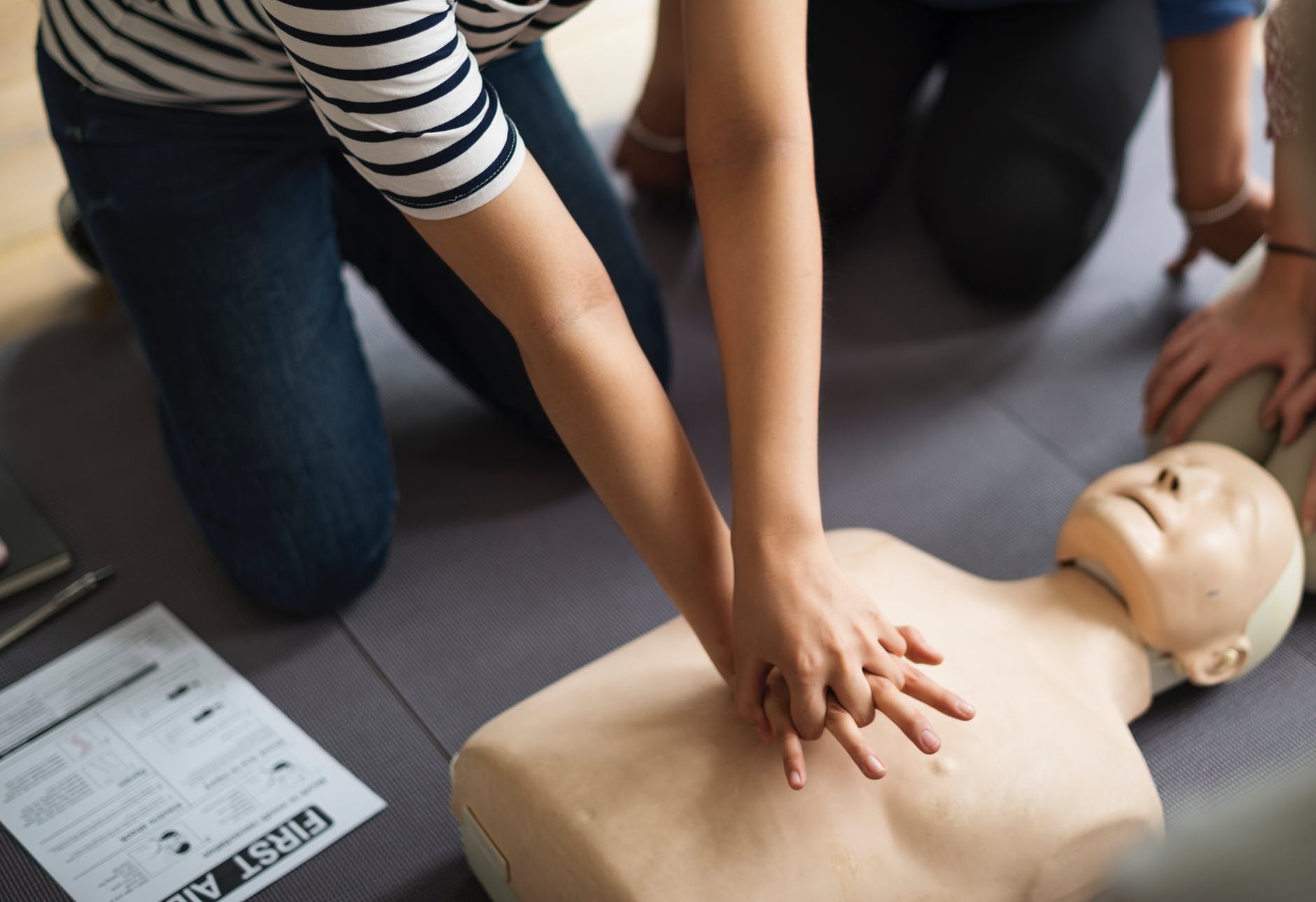Modern medicine has improved by leaps and bounds. For the most part, we can expect the treatment of physical maladies like wounds to be backed up by sound scientific methods. These extend from the healthcare services we receive in hospitals to the care afforded to us by our family, friends, and peers—especially in first aid, or the stopgap measures applied before medical assistance becomes immediately available.
Nevertheless, some myths, superstitions, and old wives’ tales about wound treatment are still in circulation. Such beliefs may persist because the believers are set in their ways, or because there’s a lack of awareness for doing things the right way. If you decide to enroll in a first aid basic training course in Perth or in your Aussie locality, one of the first things you’ll learn is how to separate first aid fact from fiction. This separation of myth from reality could make all the difference in speeding up wound healing for those aggrieved.
In this feature, let’s debunk five common myths about how to treat wounds and counter them with the best practices for wound treatment.
1. The myth:
Rubbing alcohol on a wound helps sanitize it. Some claim that you can sanitize a wound by dabbing a little isopropyl alcohol on it. A more dangerous variant of this myth involves the usage of hydrogen peroxide.Rubbing alcohol does have antiseptic properties, which is why it’s used for keeping surfaces clean. However, that principle doesn’t apply to wounds on human tissue. In addition, a strong chemical compound like hydrogen peroxide might burn the wound, cause additional pain, and hamper healing.
The method: The best way to sanitise a wound is to wash it with clean, warm water and soap. Pat the wound dry and apply fresh dressing or bandaging as necessary. As you’ll learn from first aid practitioners, doctors, and nurses, this is a core action for keeping wounds sanitary.
2. The myth:
You should keep a bandage on your wound at all times.
This belief is not all fiction, as a moist environment actually mitigates healing. But don’t fall into the extreme by leaving the same bandage over the wound for a prolonged period. Keeping a wound germ-free involves regularly checking its status and applying clean layers over it.
The method: Remove the bandages at least once a day to clean the wound with soap and water and then to dry it. Then, replace the used bandages and dressings with new, sterilised ones.
3. The myth:
A wound will heal best when it’s aired out.
This is the opposite of the myth above. Some people in an opposing camp believe that bandages trap bacteria in a wound, thus risking infection. But like with the previous item, the truth lies in conscientious cleaning and bandaging. You won’t go wrong with this twofold practice.
The method: If it’s not time to clean or check up on the wound, keep a bandage on it. This is the best way to shield it from airborne contaminants.
4. The myth:
Saltwater is good for all wounds.
This myth is a particularly romantic one. You may be excited to hit the beach, armed with the knowledge that Vitamin Sea will do wonders for your injury. But even if salt is a purifying agent, seawater itself may be host to some disagreeable substances that will interfere with your healing.
The method: Play it safe with this one. Save your beach trip for when your wound is completely healed. Don’t risk exposing it to saltwater.
5. The myth:
When a wound itches, that’s a good thing. It means that it’s healing.
Here’s another bit of fiction that’s rooted partly in fact. Itching may indicate the improvement of a superficial wound, but it is not a good sign just by default. Some itches may escalate into full-blown redness or irritation, signaling the opposite for a wound: that it may be worsening and will require further attention.
The method: If the itching seems out of the ordinary—i.e., accompanied by pain, swelling, discolouration, and the like—you need to go to the doctor and get it assessed.
Not all of us have easy access to a clinic or hospital; moreover, no one should end up there too often because of a wound. As with other things in life, the truth must prevail for wound healing practices. Keep these facts in mind and pass them on to save a life!
*This article is for informational purposes only and does constitute, replace, or qualify as RPL for our first aid training courses.




